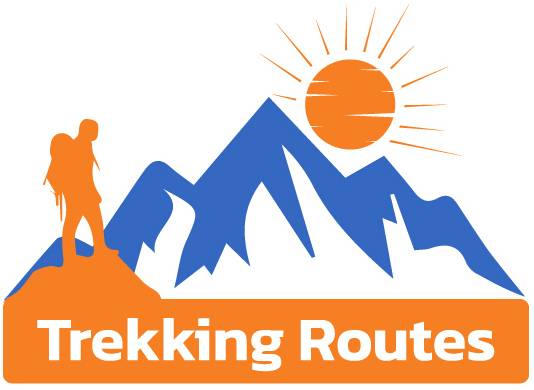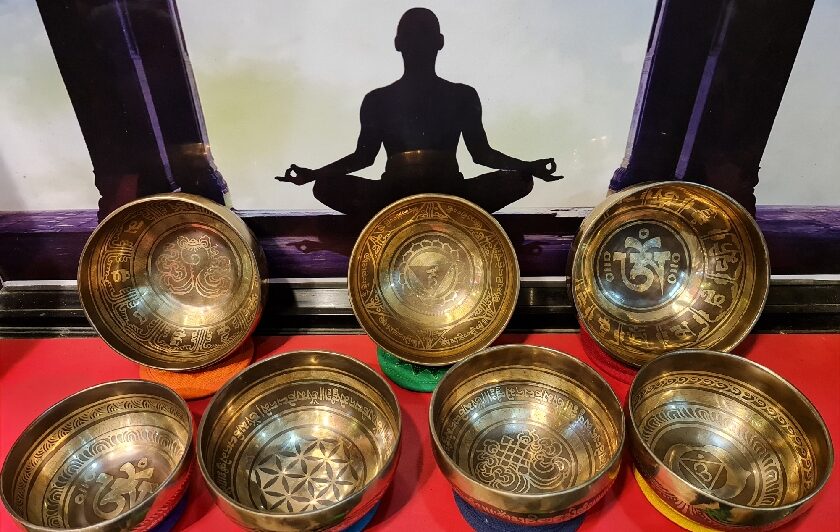When embarking on a trek, food and dining are essential components of the overall experience. Proper nutrition is crucial for maintaining energy levels and enhancing enjoyment. Understanding what to expect in terms of food and dining on the trek can help you better prepare and make the most of your journey. This comprehensive guide delves into what you can expect regarding food and dining during your trek, including meal options, dietary considerations, and tips for enjoying your meals on the trail.
Understanding Trekking Meals
Food and dining on the trek are different from regular dining experiences. Meals are prepared in basic kitchens, often in teahouses or lodges. The ingredients are generally local and simple, focusing on providing adequate energy and nutrition. Expect a variety of dishes, but options may be limited based on the trek’s remote location.
Types of Meals on the Trek
Breakfast
Breakfast is a vital meal to start your day on the trek. It typically includes hearty options to fuel you for the day ahead. Common breakfast items include porridge, bread, eggs, and local specialties like Tibetan bread. Some lodges offer pancakes, muesli, or fruit. A warm drink like tea or coffee usually accompanies breakfast.
Lunch
Lunch is usually a lighter meal compared to breakfast and dinner. You might enjoy items such as soup, pasta, noodles, or rice dishes. Most lodges prepare simple, nutritious meals that are easy to digest. In more remote areas, the options may be limited to basic dishes like dal bhat (rice and lentils) or noodle soup.
Dinner
Dinner is often the main meal of the day and typically includes a more substantial and varied menu. Expect dishes like dal bhat, curry, vegetable stews, and meat options in areas where meat is available. Meals are usually served with rice, bread, and a side of vegetables. The focus is on providing enough calories and nutrients to recover from a day’s trek.
Dietary Considerations
Vegetarian and Vegan Options
Vegetarian and vegan options are usually available on most treks. Many lodges and teahouses cater to different dietary preferences. It is essential to inform your trekking agency or guides about your dietary restrictions in advance. Traditional Nepali meals, such as dal bhat, can often be adapted for vegetarians and vegans.
Special Dietary Requirements
For trekkers with special dietary needs, such as gluten-free or low-carb diets, informing your trekking agency beforehand is crucial. Although options may be limited, many teahouses can accommodate special requests with prior notice. Carrying some of your own snacks or meal replacements can also help meet specific dietary requirements.
Local Cuisine
Trekking routes often pass through areas where local cuisine is prevalent. Enjoying local dishes can enhance your trekking experience. Local cuisine typically includes a variety of rice dishes, lentils, vegetables, and meat, depending on the region. In the Annapurna region, dishes like momos (dumplings) and thukpa (noodle soup) are popular. In the Everest region, you might find yak meat and cheese on the menu.
International Dishes
Many teahouses and lodges along popular trekking routes offer international dishes. These options cater to trekkers seeking familiar foods. You may find pasta, fried rice, and burgers in addition to local cuisine. The availability of international dishes can vary based on the location and the season.
Food Safety and Hygiene
Food safety and hygiene are important considerations during the trek. Teahouses and lodges strive to maintain cleanliness and offer safe food options. However, it’s essential to take precautions to avoid foodborne illnesses. Drinking bottled or boiled water, avoiding raw vegetables, and eating well-cooked meals can help prevent issues. Carrying a small supply of hand sanitizer and using it frequently is also advisable.
Snacks and Hydration
Carrying Snacks
Bringing your own snacks can be beneficial during the trek. High-energy snacks like nuts, energy bars, and dried fruits provide quick fuel between meals. Snacks can help maintain energy levels, especially during long trekking days. Ensure that your snacks are lightweight, non-perishable, and easy to carry.
Staying Hydrated
Hydration is crucial while trekking. Drink plenty of water throughout the day to stay hydrated. Most teahouses and lodges provide boiled or purified water for trekkers. It’s advisable to carry a reusable water bottle and purification tablets or a filter to ensure you have access to clean water.
Cultural Experience
Dining during the trek offers a unique cultural experience. Meals are often shared with fellow trekkers, providing opportunities to exchange stories and experiences. The communal dining experience fosters camaraderie among trekkers and provides insight into local customs and hospitality. Engaging with locals during meal times can enrich your trekking experience and provide a deeper understanding of the region’s culture.
Teahouse Dining Etiquette
Understanding teahouse dining etiquette can enhance your trekking experience. In most teahouses, meals are served in a communal dining area. Be respectful of local customs and follow basic etiquette, such as removing your shoes before entering the dining area. Sharing tables with other trekkers is common, and being polite and friendly contributes to a positive dining experience.
Meal Preparation and Cooking
In remote areas, meal preparation can be basic but effective. Teahouses and lodges often have small kitchens where meals are cooked over a simple stove or fire. Despite the basic setup, the focus is on providing nutritious and satisfying meals. Local ingredients are used to prepare meals, and traditional cooking methods are employed.
Sustainable Dining Practices
Sustainable dining practices are increasingly important on trekking routes. Many lodges and teahouses are adopting eco-friendly practices to minimize their environmental impact. Using locally sourced ingredients, reducing waste, and managing water resources responsibly are key aspects of sustainable dining. Supporting establishments that prioritize sustainability helps contribute to the preservation of the trekking environment.
Tips for Enjoying Your Meals on the Trek
Be Open-Minded
Be open to trying new foods and flavors. Trekking routes offer opportunities to experience local cuisine and traditions. Embrace the culinary diversity and enjoy the unique dishes available on the trail.
Communicate Dietary Needs
Clearly communicate any dietary needs or restrictions to your trekking agency and guides. Informing them in advance allows for better meal planning and ensures that your dietary preferences are accommodated.
Pack Essential Items
Packing essential items like a reusable water bottle, snacks, and basic cooking utensils can enhance your dining experience. Having these items on hand ensures that you are prepared for various dining situations.
Respect Local Customs
Respect local customs and dining practices. Following basic etiquette and being polite to the staff and fellow trekkers contributes to a positive and enjoyable dining experience.
Conclusion
Food and dining on the trek play a significant role in your overall trekking experience. Understanding what to expect on the Trek in terms of Food and Dining, meals, dietary considerations, and local cuisine helps you better prepare and enjoy your journey. From hearty breakfasts to substantial dinners, and from local specialties to international dishes, there is a variety of food options available on the trek. Embracing new flavors, maintaining good hygiene, and being respectful of local customs can enhance your trekking experience and make your adventure memorable. With proper preparation and an open mind, you can enjoy delicious and satisfying meals while exploring the beautiful trekking routes.







0 Comments